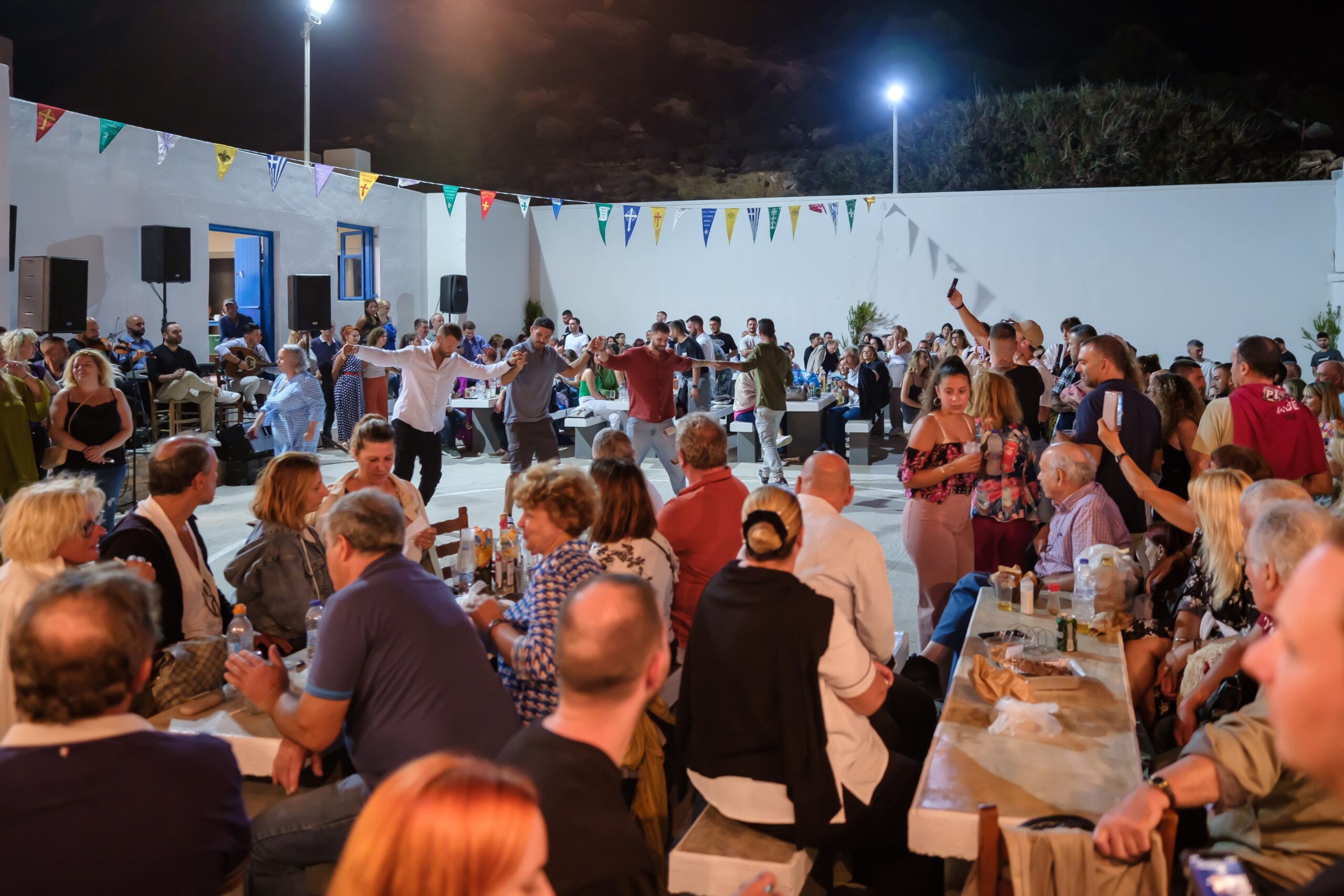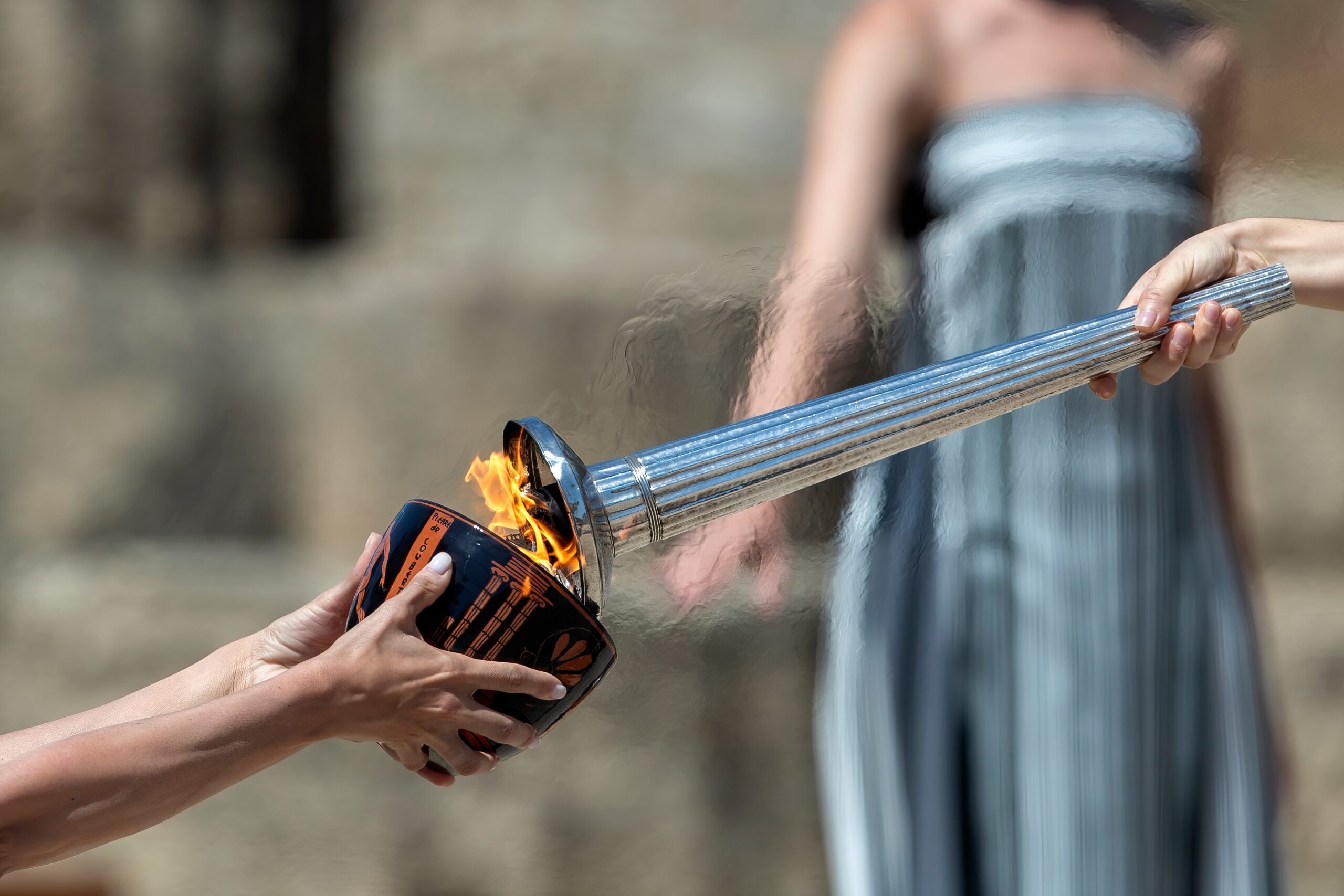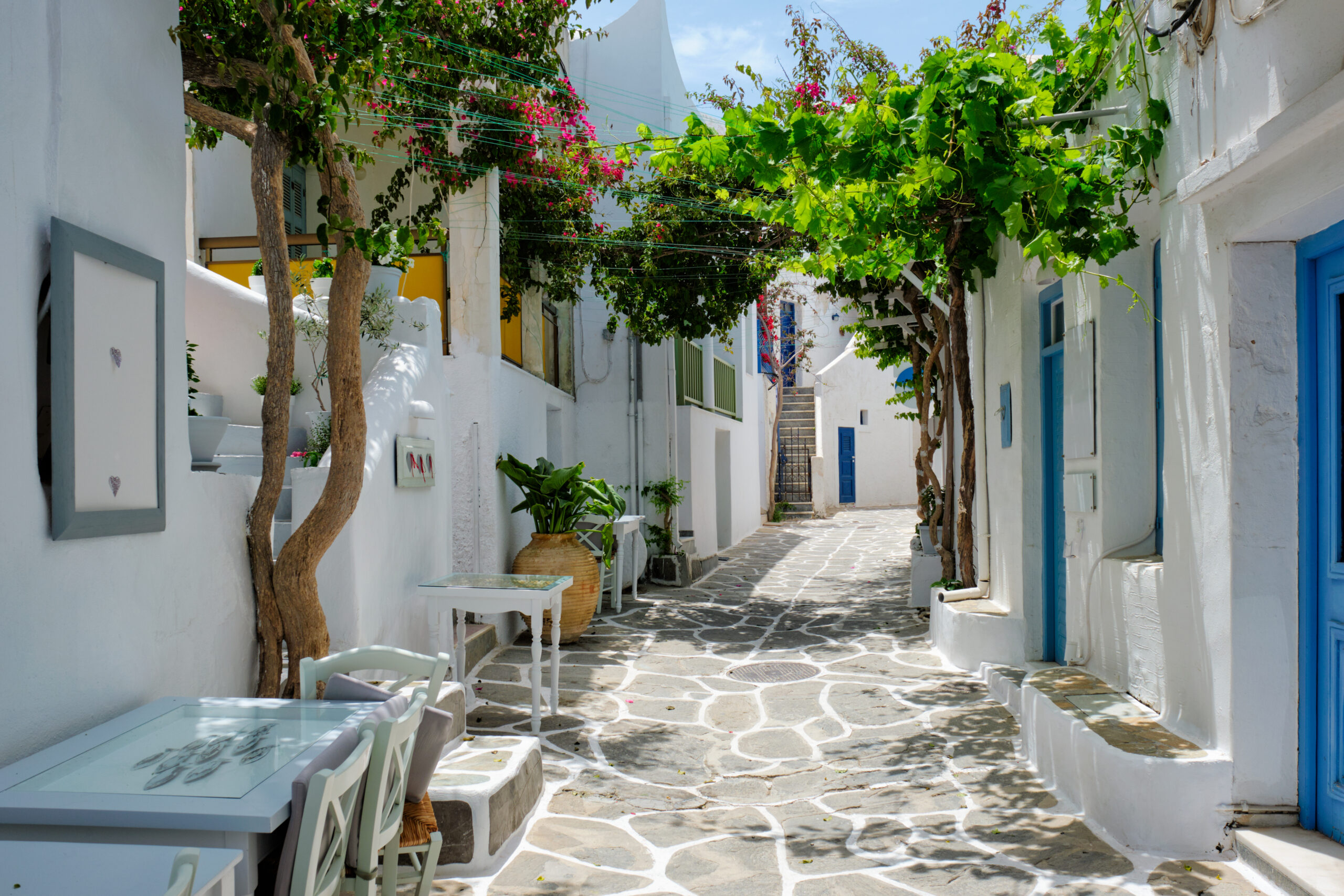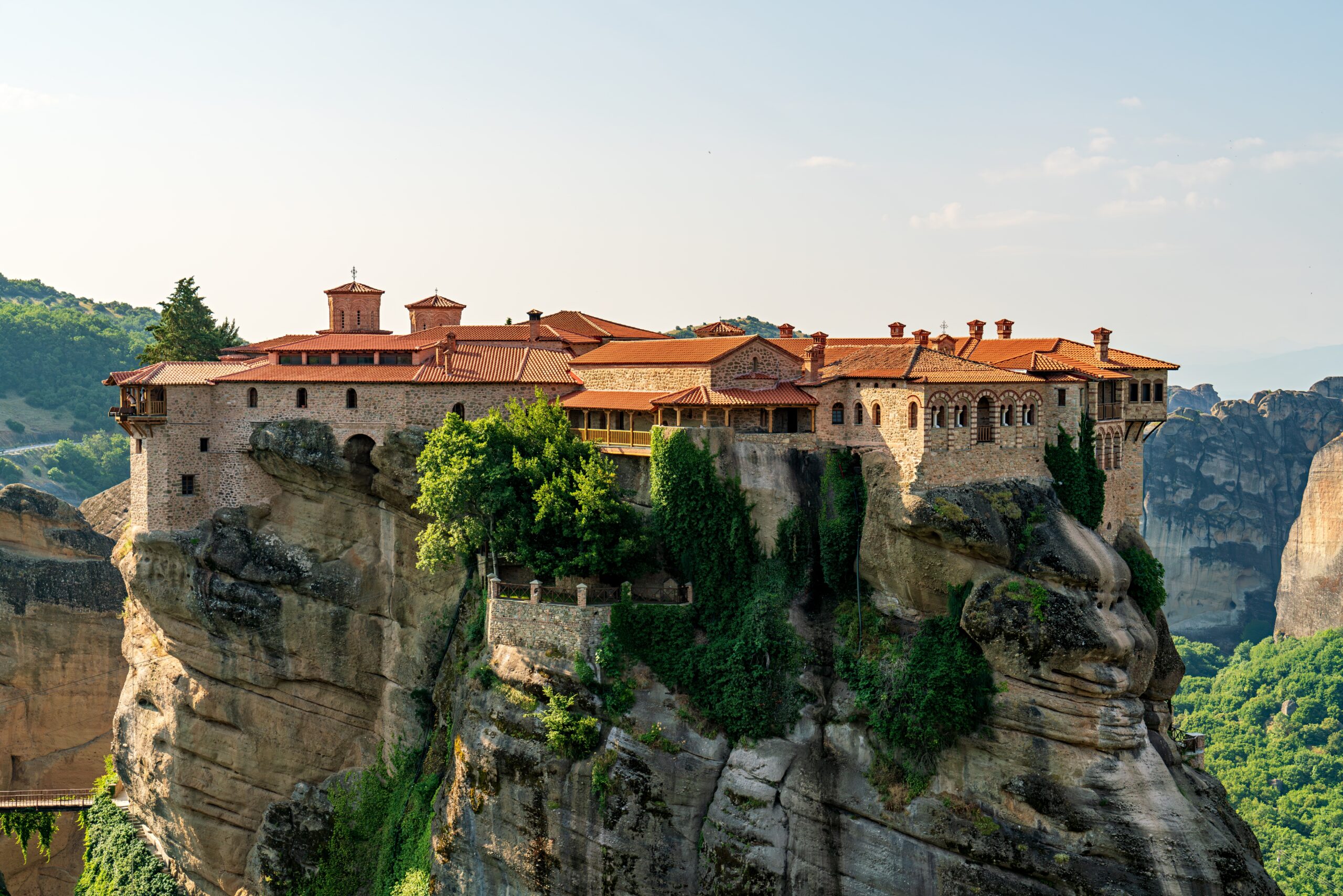A Journey to Heaven on Earth
Rising dramatically from the plains of central Greece, the Meteora monasteries are among the most extraordinary religious and geological sites in the world. Perched atop towering sandstone pillars, these UNESCO World Heritage-listed monasteries offer a unique combination of natural beauty, spiritual serenity, and historic significance.
This article takes you through the history, culture, and experience of visiting Meteora, from how the monasteries were built to what you can expect during your visit. Whether you’re seeking faith, photography, hiking, or quiet awe, Meteora is a must-see destination in Greece.
Outline
- What Is Meteora?
- History of the Monasteries
- The Six Active Monasteries You Can Visit
- Best Ways to Explore Meteora
- Hiking Trails and Viewpoints
- What to Know Before You Go
- Nearby Attractions and Towns
- Conclusion: A Place of Stillness and Wonder
1. What Is Meteora?
✔ Location: Thessaly region, near the town of Kalambaka
✔ Meaning: “Meteora” means “suspended in the air” in Greek
✔ Recognition: Designated a UNESCO World Heritage Site in 1988
Meteora is a place where nature, history, and spirituality intertwine, creating an experience unlike any other.
These natural sandstone pillars rise up to 400 metres above the valley floor, forming a dramatic backdrop to the monasteries that balance delicately on their summits.
2. History of the Monasteries
- First monks arrived in the 11th century, seeking isolation and divine connection.
- By the 14th century, the first monasteries were built by climbing the rocks using ladders and ropes.
- At its peak, there were 24 monasteries; today, only 6 are active and open to visitors.
- They became centres of spirituality, art, and learning, especially during the Ottoman occupation.
These monasteries were originally accessible only by rope pulleys or retractable ladders, enhancing their function as refuges.
3. The Six Active Monasteries You Can Visit
| Monastery | Highlights |
|---|---|
| Great Meteoron (Metamorfosis) | Largest and oldest; museum with manuscripts and relics |
| Varlaam | Beautiful frescoes and a massive wooden barrel |
| Roussanou | Run by nuns; stunning gardens and views |
| St. Stephen’s | Easiest to access; friendly to mobility-impaired visitors |
| Holy Trinity | Most iconic; featured in James Bond’s For Your Eyes Only |
| St. Nicholas Anapausas | Smallest, with unique frescoes by Theophanes the Cretan |
Each monastery has its own story, architectural style, and spiritual atmosphere.
4. Best Ways to Explore Meteora
By Car or Bus
- Access the monasteries via a well-maintained road network.
- Parking is available near each site.
- Ideal if you’re short on time or travelling with limited mobility.
On Foot (Hiking)
- Trails connect several monasteries through scenic landscapes.
- Offers quiet, nature-filled experiences with panoramic views.
- Perfect for those seeking both spirituality and adventure.
By Bicycle or E-Bike
- Available in Kalambaka and Kastraki.
- A great way to explore at your own pace with minimal impact.
Tip: Try a sunrise or sunset tour for the most magical views.
5. Hiking Trails and Viewpoints
✔ Kastraki to Great Meteoron – Easy to moderate, perfect introduction.
✔ Kalambaka to Holy Trinity – Involves some steep climbing, but rewarding views.
✔ Psaropetra Lookout – Breathtaking panoramic photo spot.
✔ Sunset Rock (near Kastraki) – Best for evening golden hour photography.
The views over the valley and rock formations are simply otherworldly.
6. What to Know Before You Go
Visiting Tips
- Opening hours vary by day and monastery. Some close on specific weekdays.
- A modest dress code is required:
- Women: long skirts, covered shoulders
- Men: long trousers
- Small entry fee (~€3 per monastery)
- Photography is allowed, but drones and flash are prohibited.
Best Time to Visit
- Spring (April–June) and autumn (September–October) for ideal weather and fewer crowds.
- Summer is busier and hotter, but still beautiful.
- Winter offers a peaceful, mystical atmosphere—with the chance of snow!
7. Nearby Attractions and Towns
Kalambaka
- The larger town at the foot of Meteora, offering:
- Hotels, tavernas, transport hubs
- Byzantine church of the Dormition of the Virgin
Kastraki
- A picturesque village closer to the rocks
- Ideal for charming guesthouses and quieter surroundings
Theopetra Cave
- Prehistoric cave near Meteora
- Evidence of human habitation dating back 130,000 years
Combine your Meteora visit with a broader exploration of Thessaly’s natural and historical riches.
8. Conclusion: A Place of Stillness and Wonder
Whether you come for faith, photography, history, or nature, Meteora offers an experience that is spiritual and surreal. The monasteries perched above the clouds remind us of the enduring human search for meaning, beauty, and connection.
✔ Hike ancient footpaths once walked by monks
✔ Gaze upon Byzantine art in sacred chapels
✔ Reflect in silence, far above the noise of the world
Meteora is not just a destination—it’s a revelation.








